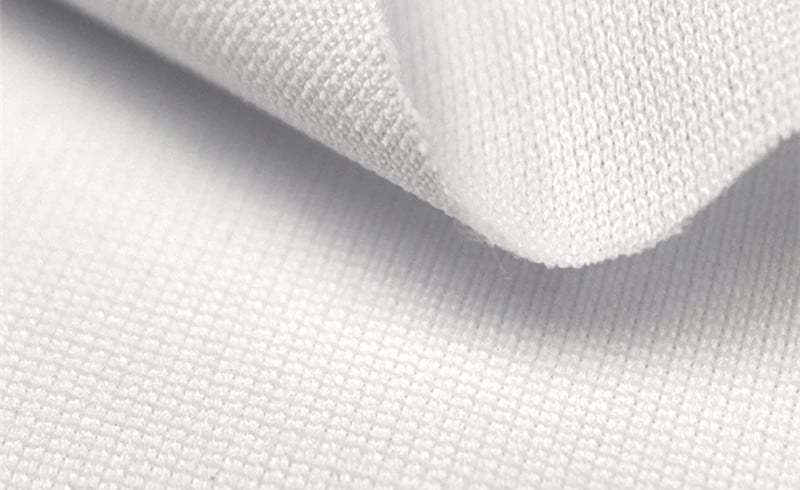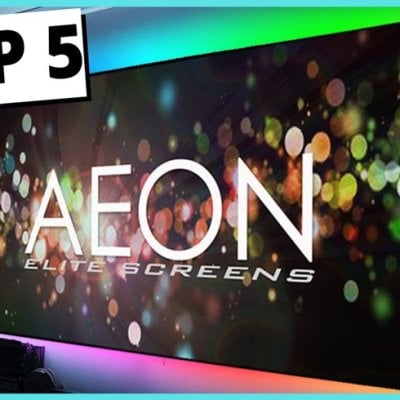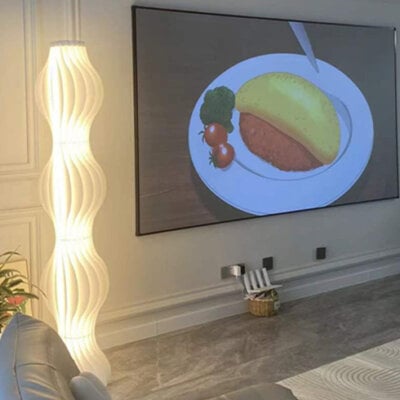Just as the name indicates, audio transparent screens allow sound to pass through the screen. There are two kinds of audio transparent screens in the market, including perforated screens and woven screens.
Perforated Screens vs Woven Screens
- Perforated screens
Perforated screens are made of traditional projector screen materials and then perforated by the laser. The screen material can be white plastic, gray plastic, special PVC, or the screen material with a special gain layer, such as pearl screen, metal screen, etc. The diameter of the holes on the perforated screen in the world varies from 0.5mm to 1.5mm, and the density of the holes varies from 1.7% to 6.5%. The smaller the hole, the better uniformity between the audio and image without decreasing resolution and contrast.

Pros: Better Screen Gain
Cons: More vulnerable to Moiré Effect
(The Moiré effect refers to the visible lines or patterns you may see on the projector screen.)
- Woven Screens
Woven screens are mainly made of a layer of woven cloth and various pints. The gaps in the woven cloth allow sound to pass through. Woven fabric leaves a large number of dense gaps for sound penetration.

Pros: Good audio transparency and sound effect
Cons: Poor Color Temperature
Why Do You Need an Audio Transparent Screen?
Audio transparent screens are widely used in the cinema, which can better balance the audio and visual effects.

For home projector users, people adopt audio transparent screens to hide their speakers behind the screen. This kind of setup can save space and bring better audio and image effect.



